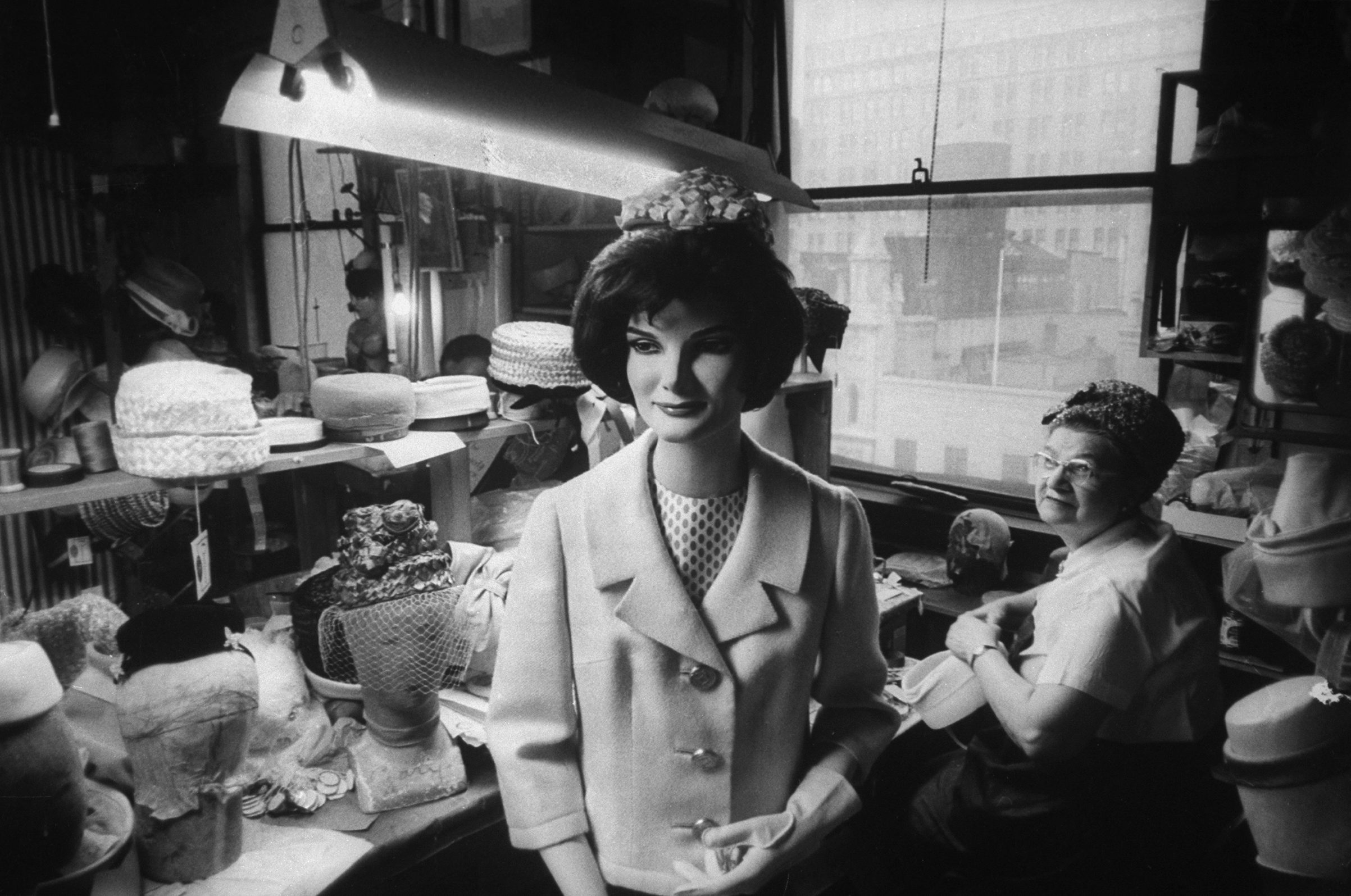Fashion trends have evolved over the centuries and continue to do so with new styles and textiles emerging. Vintage fashion, from the early 1920s to the late 1970s, emphasized structured silhouettes, bold patterns, and statement accessories. In contrast, modern fashion trends are more fluid and relaxed, with an emphasis on comfort and movement. Prints are more subdued and neutral, and accessories are versatile. As fashion trends continue to evolve, individuals should find a style that suits their personality and lifestyle, and have fun experimenting with their wardrobe.
Vintage vs. Modern: The Evolution of Fashion Trends
Introduction
Fashion trends are always evolving, and what was once considered fashionable is now outdated or retro. With the emergence of new styles and textiles, today’s fashion trends are quite different from those of the past. In this article, we will be comparing and contrasting vintage and modern fashion trends.
Historical Context
Before we delve into the differences between vintage and modern fashion trends, it’s important to understand some of the historical context. Fashion trends have been continuously evolving over the centuries. For instance, in the 1920s, fashion was all about flappers and jazz-age fashion. Then came the 1930s, which saw the emergence of Hollywood glamour and sophisticated clothing. In the 1950s, fashion was all about the hourglass shape and full skirt dresses. In the 1960s, the mini skirt became popular, and the hippie culture gave rise to the bohemian style.
Vintage Fashion Trends
Vintage fashion is all about clothing and accessories that are from a past era, usually from the early 1920s to the late 1970s. Vintage clothing is highly sought after as it has a unique history and story behind it. Here are some of the defining characteristics of vintage fashion trends:
Silhouettes
Vintage fashion trends often featured more structured silhouettes. Women’s clothing was designed to accentuate the waist and curves, with full skirts, nipped-in waistlines, and exaggerated shoulders. In contrast, men’s clothing was more relaxed, with slim-cut trousers, single-breasted jackets, and hats.
Patterns
Vintage fashion was all about bold patterns and prints, such as polka dots, stripes, floral patterns, and plaid. For men, checked, and houndstooth patterns were quite popular.
Accessories
In vintage fashion, accessories were just as important as clothing. Women often wore long gloves, statement necklaces, and brooches. Hats, fedoras, and suspenders were popular for men.
Modern Fashion Trends
Modern fashion trends have been shaped by many factors, including technology, cultural and social changes, and globalization. Here are some of the defining characteristics of modern fashion trends:
Silhouettes
In modern fashion, silhouettes are more fluid and relaxed, with an emphasis on comfort and movement. For instance, skinny jeans have been replaced with wide-leg trousers, and oversized sweaters are popular.
Patterns
Modern fashion is all about minimalism, and prints are more subdued and neutral. Solid colors, stripes, and abstract designs are often featured in modern fashion.
Accessories
Accessories in modern fashion are quite versatile, from statement jewelry to minimalist pieces. Sneakers are a staple shoe, and handbags are often oversized and slouchy.
Conclusion
Fashion trends are always changing and evolving, with some styles making a comeback and others fading into obscurity. Vintage and modern fashion trends have different defining characteristics, from silhouettes to accessories. Whether you prefer to wear vintage or modern fashion, it’s important to find a style that suits your personality and lifestyle. With so many fashion trends to choose from, there’s no excuse not to experiment and have fun with your wardrobe!
